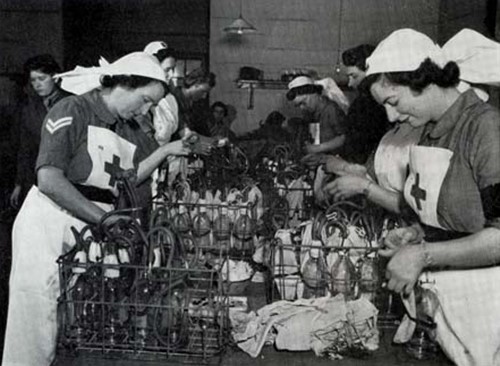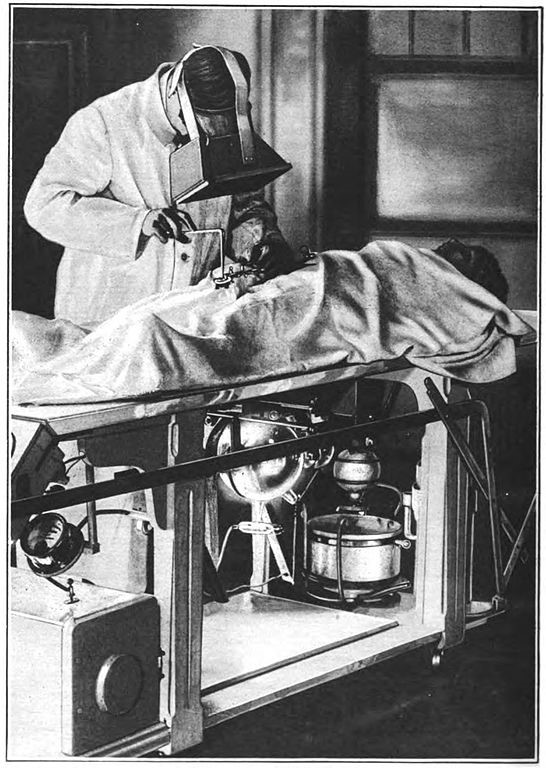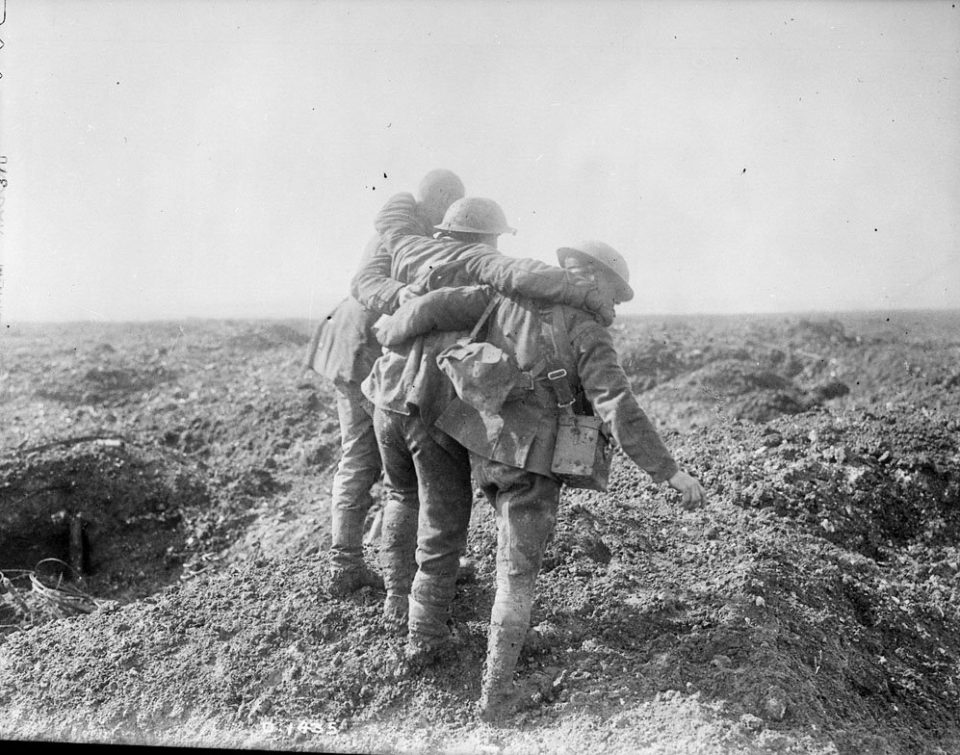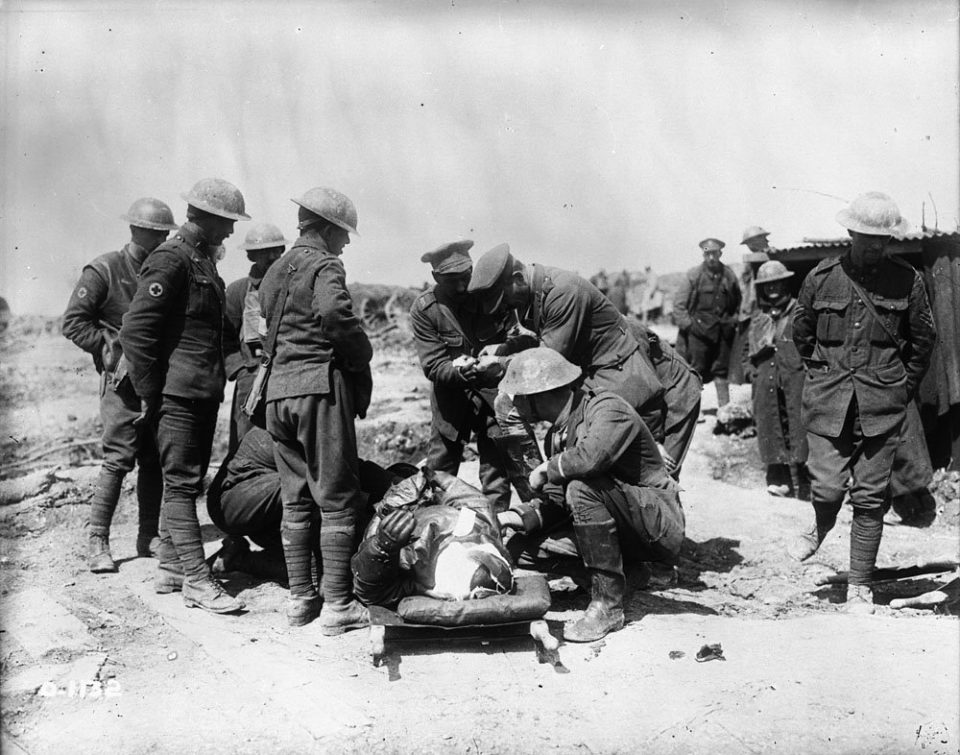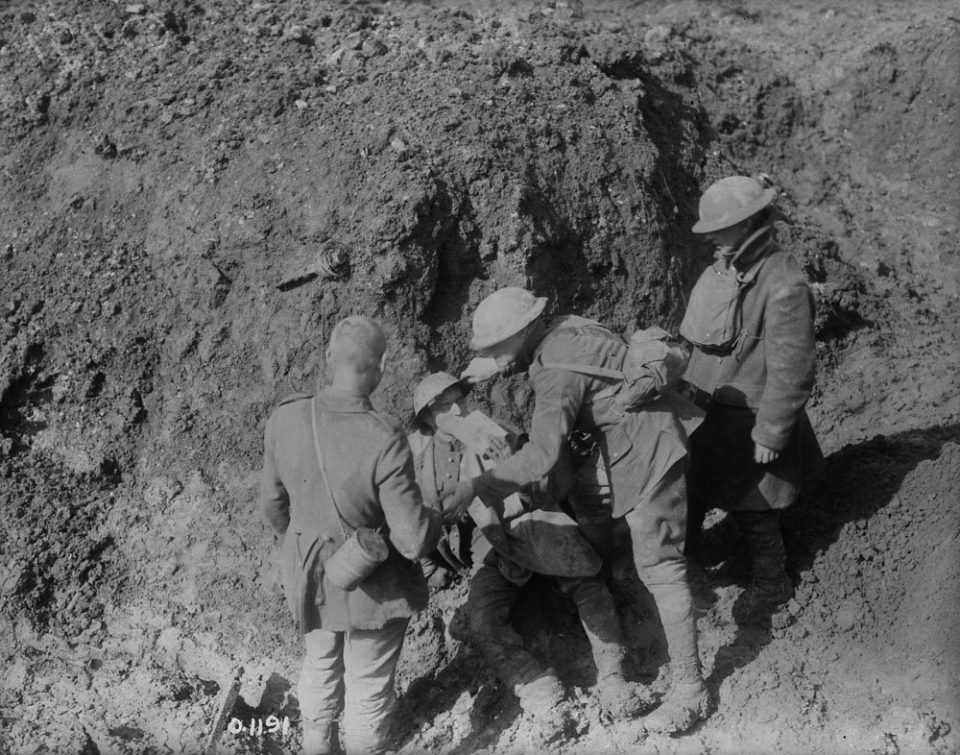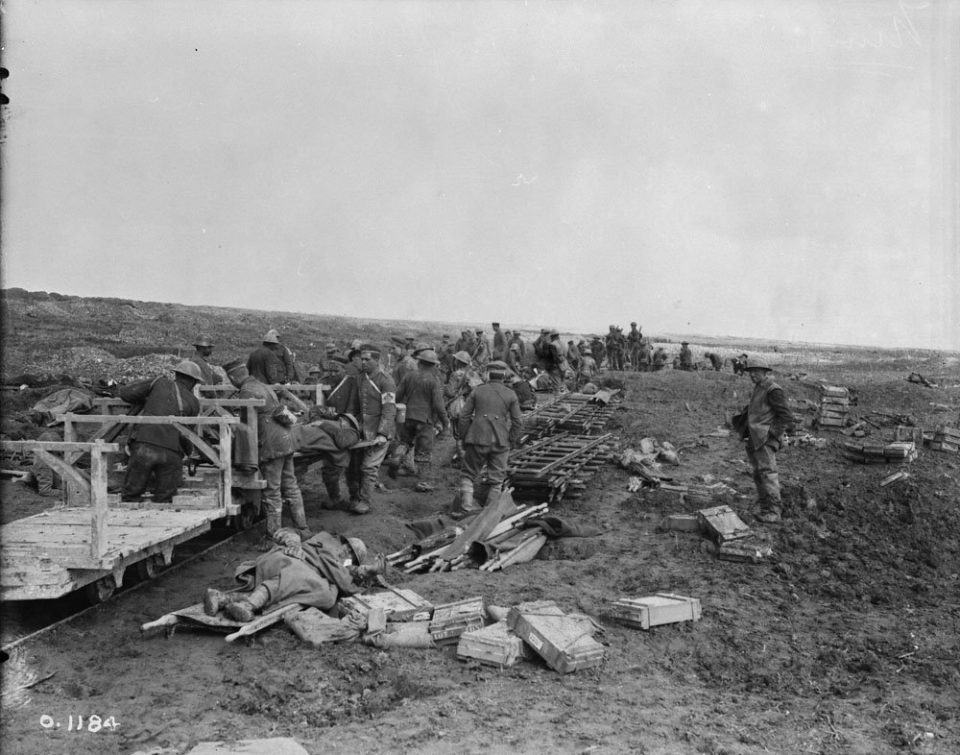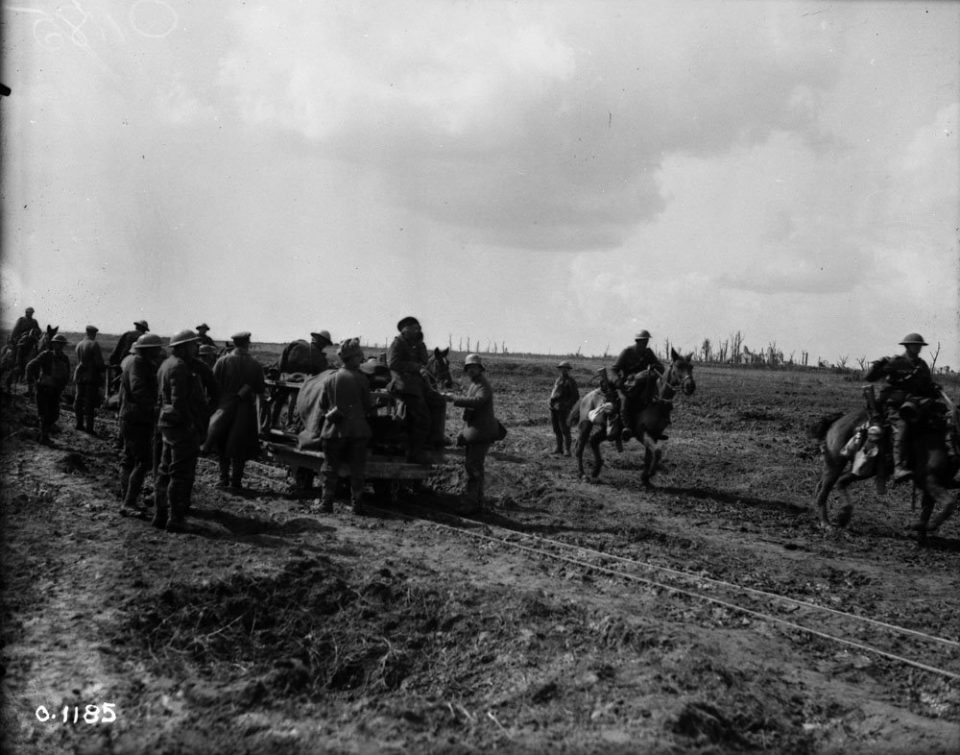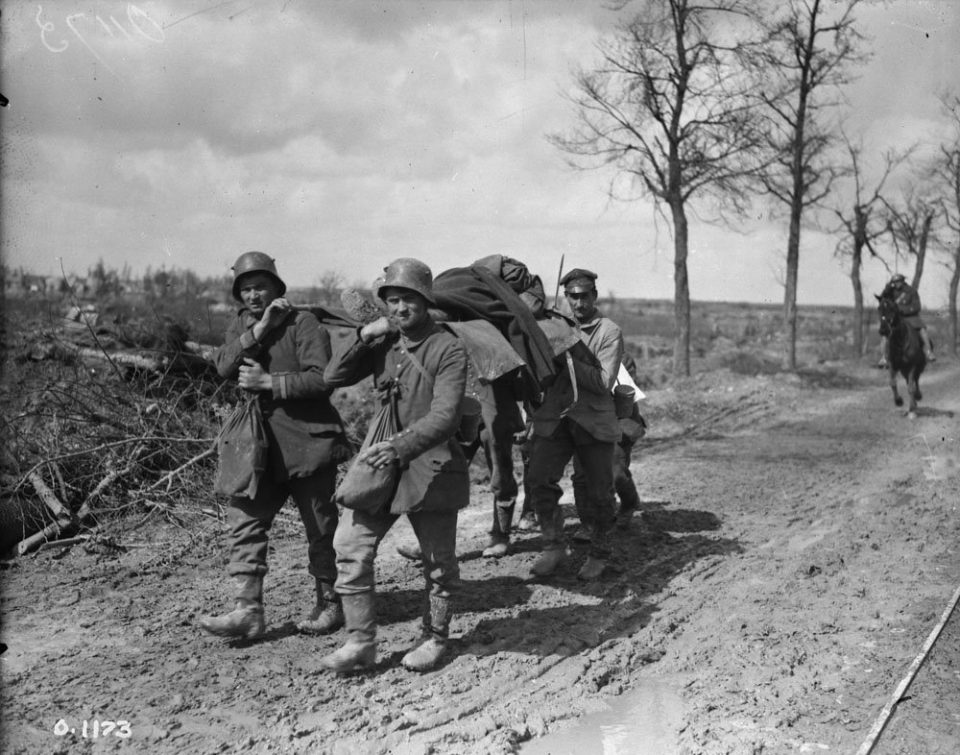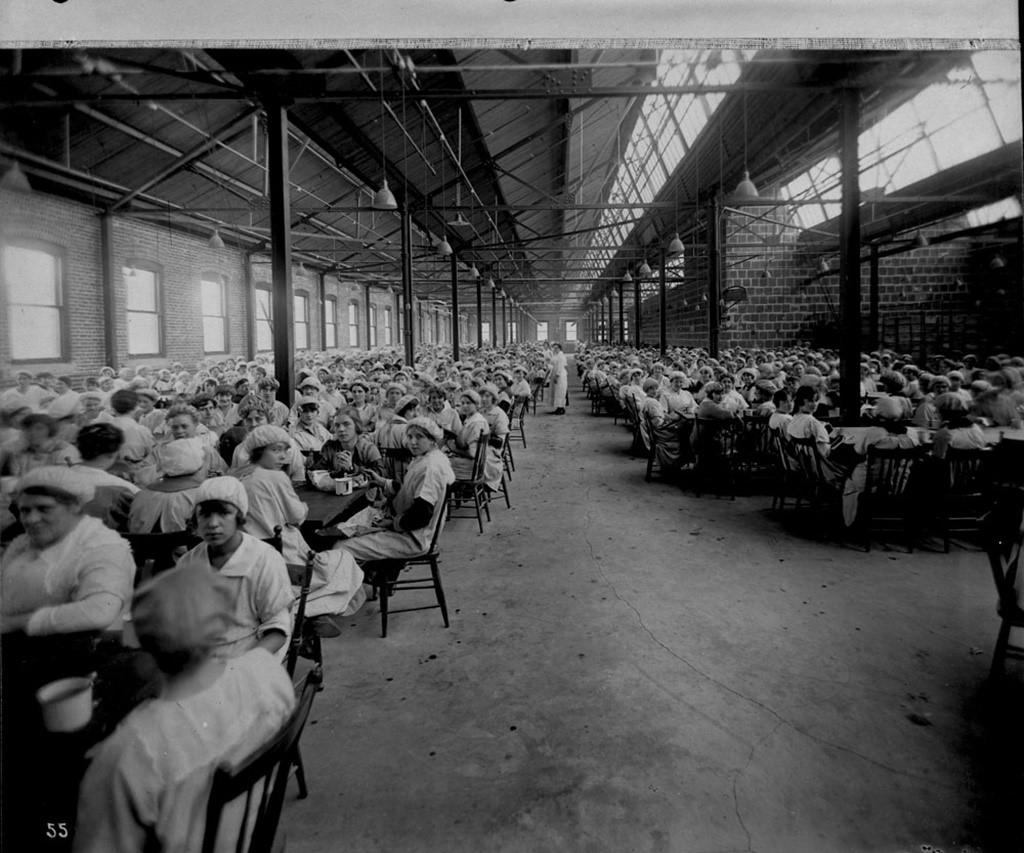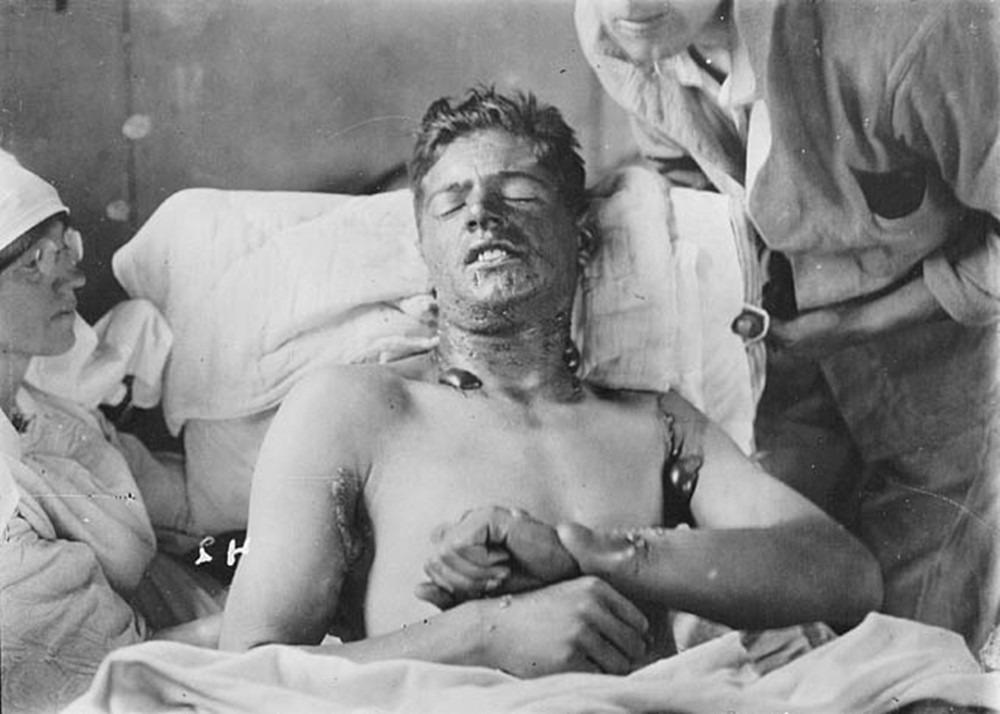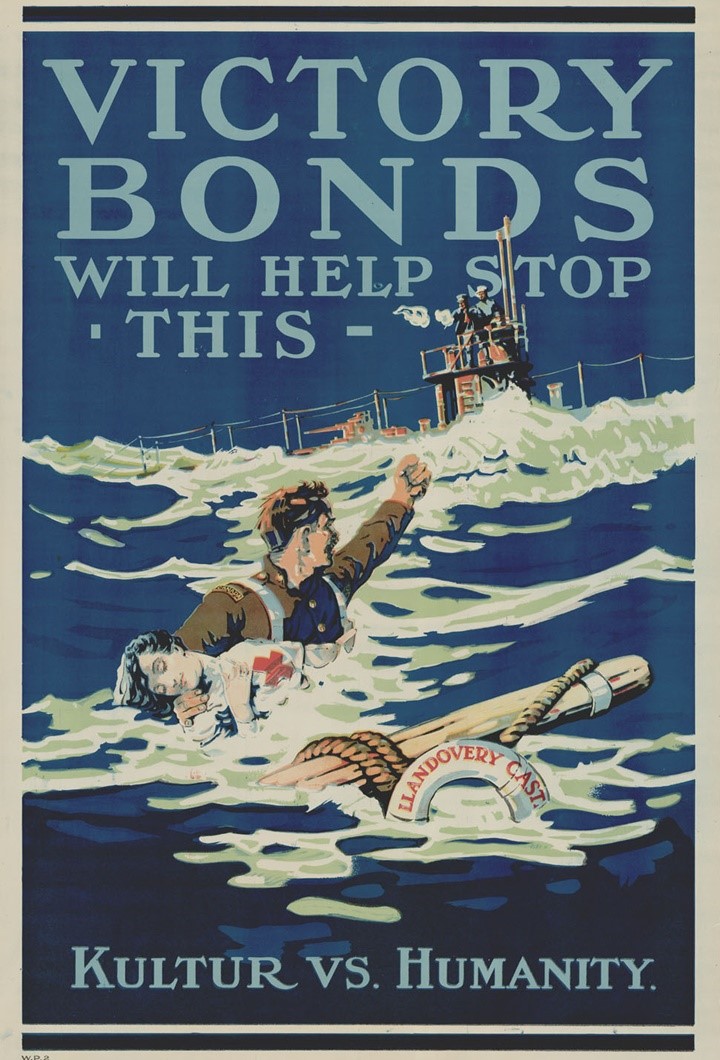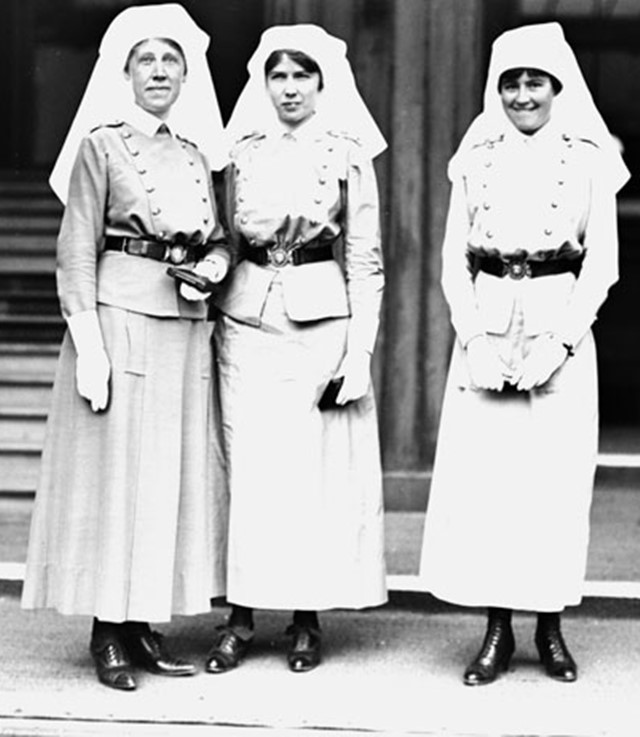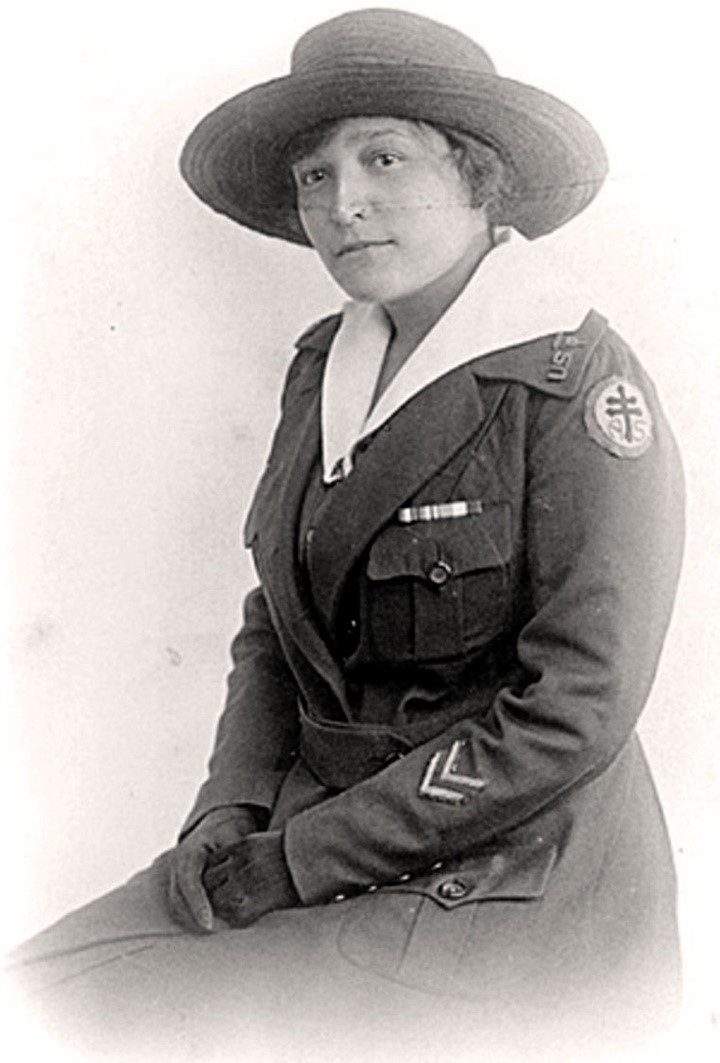Advancements in Medicine
Prior to the First World War, the majority of deaths during war time resulted not from battle itself, but from disease and infection. Despite trench foot, trench fever, typhoid and other diseases, this changed in the early 20th century due to the development of modern weaponry. The injuries of the First World War were plentiful; many were grotesque. Soldiers who faced the receiving end of the advanced weaponry of the time, including machine guns and heavy artillery, suffered for it. Shrapnel ripped through a man’s body, often leaving behind jagged, gaping wounds containing bits of shattered bone and pieces of metal. Internally and externally, gas burned and blistered flesh. Bullets and explosions ripped off or destroyed arms, legs, and jaws leaving behind permanently disfigured and disabled soldiers. This sort of carnage led to advancements in the field of medicine, many of which are still commonly used today.
Blood Transfusions and X-ray Machines
One such advancement is the frequent use of blood transfusions. Blood loss and shock were common killers, both during and before the First World War. Blood transfusions occurred infrequently before this era but became a common lifesaving measure during the years of the war. Starting in 1916, Maj. Lawrence Robertson of the Canadian Army Medical Corps performed blood transfusions where the patient and the donor were directly connected by a tube. The risk with this sort of transfusion is that the transfer of an incompatible blood type will kill the patient. Nonetheless, these transfusions dramatically reduced the death rate due to blood loss. Starting in 1917, mobile blood banks containing stored blood were created, improving access to, and the efficiency of, blood transfusions.
Another mobile technological advance was the invention of portable x-ray machines. These were critical in situations where shrapnel and bone fragments needed to be removed from a wound. In honour of Marie Curie, the pioneering (and Nobel Prize winning) scientist who studied radioactivity and invented these mobile x-ray machines, they were sometimes referred to as “petite Curies.”
Prostheses as Replacements
Another advancement in the field of medicine is the industrial manufacture of prostheses. So many soldiers were returning from the war missing limbs that what was once a small-scale industry, where local craftsmen created arms and legs for amputees, grew in scale dramatically. In this process, prosthetics became better designed, fitted, and more effective as limb replacements. Another type of prosthesis were the tin face masks, covered in enamel and painted to look like the wearer before the war. These were made to cover disfiguring facial injuries and allowed some soldiers to have a semblance of normal life upon their return from the war. Others with facial disfigurement underwent reconstructive surgery, a brand new invention. Surgeons attempted grafts to cover burns and create missing noses, jaws, and brow ridges. This experimentation on soldiers formed the basis of plastic surgery today.
Canadian Women in War
Women in Canada were not permitted to play an active role as soldiers on the battlefield during the First World War. Nevertheless, women contributed to the war effort both at home and abroad. The war years were also a time of great change regarding of women’s rights and women’s roles in society.
On the homefront, women filled the gaps left behind by men who had been recruited or who had volunteered for military service. Women often took formal employment in offices and factories where they built various weaponry and manufactured numerous types of munitions. Informally, on farms and in households, women took up the reigns to make ends meet for their family, their community, and their nation. Women who worked the fields were named “Farmettes” in recognition of their travails.
During the First World War, several thousand women volunteered to join the Canadian Army Medical Corps where they worked as Nursing Sisters who cared for the many casualties of the battlefield. Called “Bluebirds”, in reference to their blue uniforms, the Nursing Sisters often served just behind the front lines. Over 3 000 women played an invaluable role by providing professional medical services overseas. Many others served on hospital ships, which were floating care facilities that transported injured soldiers back to Canada. During the war, approximately fifty Nursing Sisters lost their lives to disease and to enemy attacks, such as the sinking on June 27, 1918, of the hospital ship Llandovery Castle. The Nurses’ Memorial in Center Block on Parliament Hill in Ottawa memorializes their sacrifice.
In total, more than 21 000 men and women served in the Canadian Medical Army Corps and provided care that saved the lives of ~90% of the wounded soldiers. Due to their proximity to the front lines and various tragic events, 1 325 members of the Corps, including many nursing sisters, perished or were injured.
The Wartime Elections Act of 1917 was a step toward women’s suffrage in Canada. The Act allowed women serving, as well as the wives, sisters and mothers of serving men to vote in federal elections. Although this act is evidence of the growing influence of women in Canadian society and recognition of their rights as citizens, it was also an obvious attempt by Borden’s government to garner support for conscription by enfranchising a segment of the population that was likely to back that initiative.
Charlotte Edith Anderson Monture
• Born near Brantford-Six Nations, ON (Mohawk Iroquois).
• She was the youngest of eight children.
• Edith wanted to become a nurse, but was denied training in Canada because of her race.
• She travelled to the U.S. for schooling after being accepted by the Rochelle Nursing School in New York State.
• Then “Andy” served as a U.S. Medical Corp nurse in New Rochelle, N.Y.
• Once the U.S. joined the war, she went overseas to France and performed her duties at Buffalo Base Hospital # 23.
• She was one of two aboriginal nurses who served overseas during the Great War. The other was Cora E. Sinnard of Wisconsin.
• Like most of the 3 000 Canadian nurses overseas, Ms. Anderson was single, well-educated, and resilient.
• After the war, she returned to Brantford, ON, married, and had 4 children.
• “Andy” continued to perform as a nurse until 1955.
• The first aboriginal Canadian nurse passed in 1996 just shy of 106.
Unit Home
1917 Events. Promotions. Hill 70. Canadian Politics. Russia and France Teeter. Military Service Act. Wartime Elections Act.
First Nation Involvement
Warriors. Six Nations. Field Craft. Paudash. Pegahmagabow. Shiwak. Norwest. MountainHorse.


